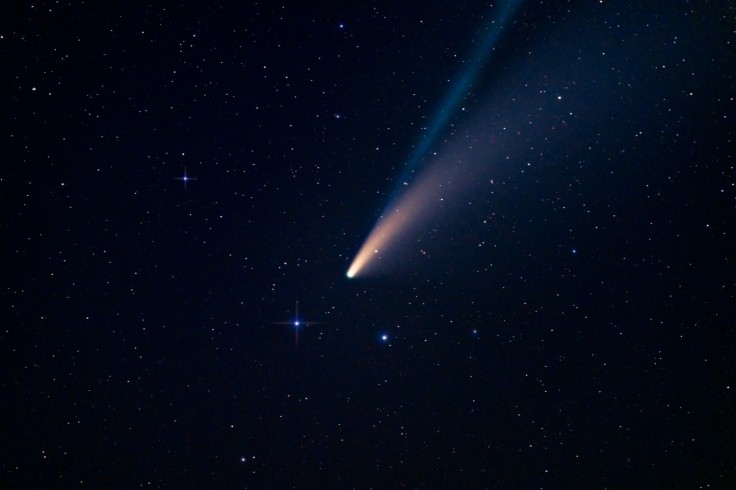
NASA's Hubble Space Telescope took images of the Comet ATLAS last year. However, what was expected to be the brightest comet of the decade turned out to be a dud, disintegrating into 30 icy pieces.
A new study based on observations from these Hubble images revealed that the doomed comet broke off from an ancient parent comet suspected to have swept within 23 million miles from the Sun--which is closer than the nearest planet Mercury, around five millennia ago.
A blast from the past! 🕐
— Hubble (@NASAHubble) August 19, 2021
Using Hubble, astronomers studied a comet named ATLAS and found that it may be a broken-off piece of a comet that might’ve been visible about 5,000 years ago!
Read more: https://t.co/wvKusMKLqQ pic.twitter.com/2TTGiKo7GC
According to a NASA release, the comet would have been a breathtaking sight for civilizations in Eurasia and North Africa by the end of the Stone Age.
NASA Hubble Pictures: ATLAS a Remnant of Ancient Comet 5,000 Years Ago
The study's main author, astronomer Quanzhi Ye from the University of Maryland, observed the comet using the Hubble Space Telescope. He pointed out that based on his team's observations, Comet ATLAS was a mere fragment from the brighter comet that whizzed past the Earth's sky 5,000 years back, CNN revealed.
Ye and his team's method in analyzing the comet helped them determine its origins. They found out that the orbit of ATLAS took the same route as the comet observed in 1844, suggesting that both comets were "siblings" from the parent comet that crumbled centuries back.
Read also: NASA Hubble Telescope Pictures of Heaven: Space Observatory Snaps Remarkable Spiral Galaxy
According to the NASA release, astronomer Maik Meyer first discovered the connection between the comet ATLAS and the 1844 comet.
It is not rare for a comet to disintegrate into smaller sibling pieces. In July 1994, the Hubble and the Galileo spacecraft spotted the Comet Shoemaker-Levy 9 broke off due to Jupiter's gravitational pull, forcing the remnants of the original comet to form a straight line called a "comet train."
While Shoemaker-Levy 9's demise was largely predicted, with the comet's pieces creating fireballs that left scars on the gas giant, ATLAS' breakup was different, having torn into pieces when it was farther from the Sun than Earth. Its parent comet, on the other hand, was closer to the Sun when it disintegrated.
NASA Hubble Images: Astronomers Mystified by Comet's Journey
This came as a mystery to Ye and his team. In the NASA statement, Ye asked how the comet survived its first pass on the Sun 5,000 years ago since "it's very unusual." He also said this is the first time a long-period comet would break up before getting near the Sun.
The astronomers also said that parts of the comet showed various structures and compositions since one fragment disintegrated in days while another lasted for weeks. Ye observed that the comet's nucleus "was stronger than the other part."
NASA gave two theories on why the fragments had different lifespans, which would give a clue on the undetermined composition of the ancient parent comet. The U.S. space agency said "streamers of ejected material" broke the comet apart using centrifugal forces, or volatile ice material could have blown apart the weaker piece akin to "an exploding aerial firework."









